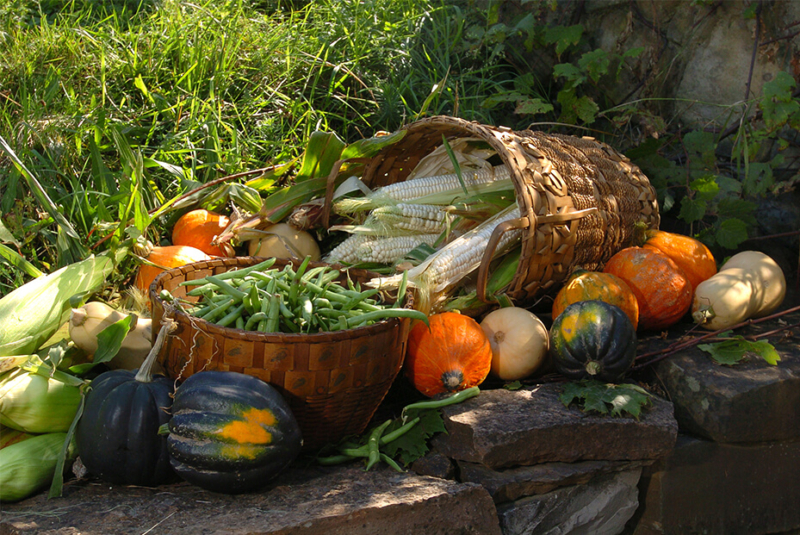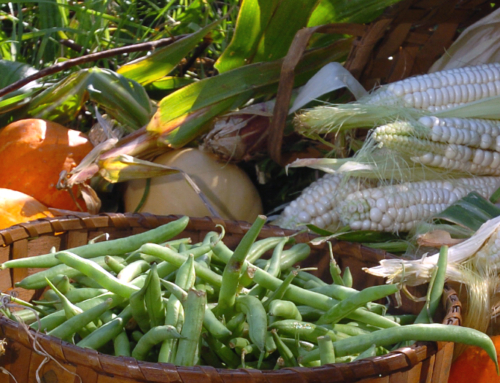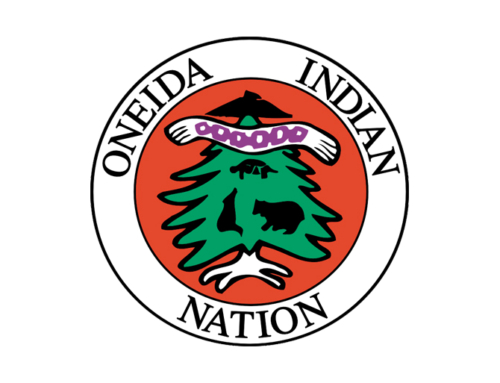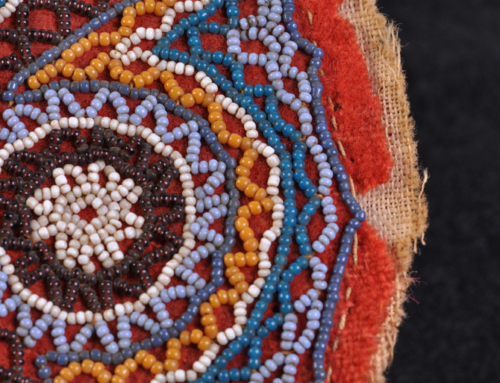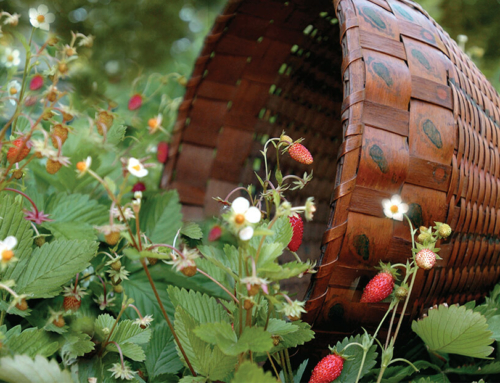Corn, beans, and squash are oftentimes planted together to maximize success. Learn how one plant would draw from another, and how the Oneidas use these sustainers of life, commonly referred to as the Three Sisters.
Known as the “sustainers of life,” the Haudenosaunee consider corn, beans and squash to be special gifts from the Creator.
The well-being of each crop is believed to be protected by one of the Three Sister Spirits. Many a legend has been woven around the Three Sisters – never to separate – who should be planted, eaten and celebrated together.
The inter-planting of pole beans and squash with corn utilizes the strength of the sturdy corn stalks to support the twining beans and the spreading squash vines to trap moisture for the growing crop.
There are many benefits to this “companion planting.” The bacterial colonies on the bean roots capture nitrogen from the air, some of which is released into the soil to satisfy the high nitrogen needs of the corn. Beans also help keep pests away from the plants. Meanwhile, squash discourages weed growth, so the three plants don’t have to compete with weeds for nutrients. And, as the corn stalk grows, it provides support for the beans.
The vegetables are known as the sustainers of life because they provide essential nutrients. Beans are a good source of calcium, iron, sodium, potassium and protein. Squash is low in fat and high in dietary fiber. Corn provides vitamin C, calcium, iron and potassium, as well as carbohydrates for energy.
Corn has always been a staple of the traditional Haudenosaunee diet because it can be dried and stored for long periods and prepared in a variety of ways. Even today Oneidas use the white corn to make corn soup, bread and mush. Corn harvested and dried in the fall would supplement dried meat, nuts and rice to see the Oneidas through the harsh winters.


